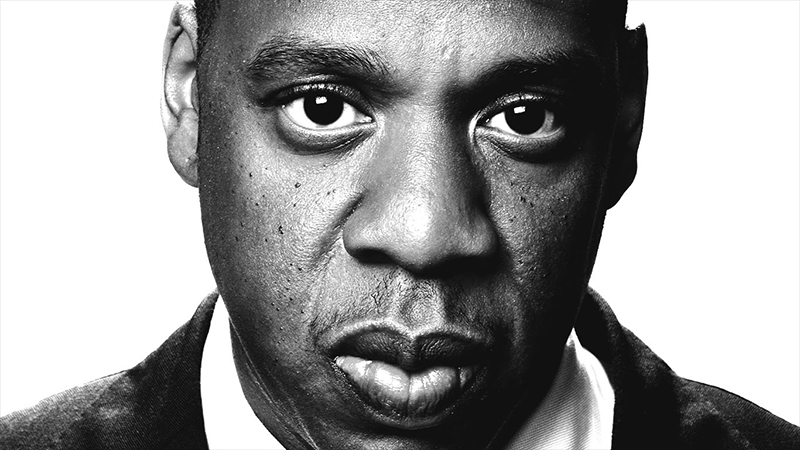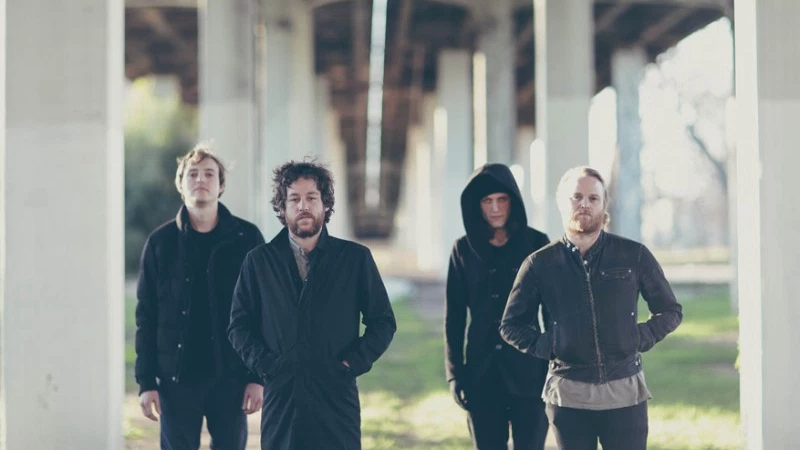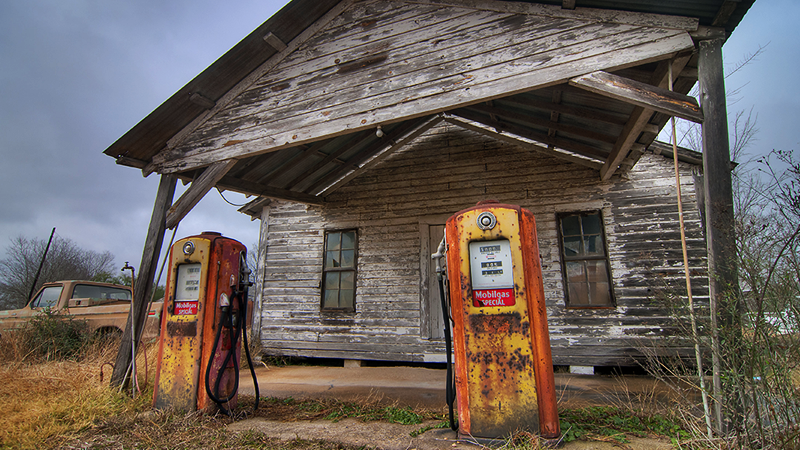Sometimes plain old pasta with red sauce is just what the doctor ordered. “A Bronx Tale,” which opened at the Longacre Theater on Broadway on Thursday, might be called the musical-theater equivalent of that classic comfort food. It doesn’t break ground or dazzle with an unusual recipe — like, say, mixing rap and American history — but it delivers reliable pleasures with polished professionalism and infectious energy.
Chazz Palminteri wrote the book, which was adapted from his solo play. More may know the material from the movie version, starring Mr. Palminteri and Robert De Niro, and directed by Mr. De Niro, who shares that chore here with the veteran Jerry Zaks. All told, Mr. Palminteri, who revived his original 1989 solo show on Broadway in 2007, has made a profitable career, and provided much entertainment to audiences, repackaging (albeit loosely) his upbringing in an Italian-American enclave in the Bronx.

If there’s a secret ingredient that gives the musical version a zest that freshens the material, it is — perhaps obviously — the wonderful and ample score, featuring music by Alan Menken and lyrics by Glenn Slater. Mr. Menken is known for his long association with Disney material like the animated movies “Beauty and the Beast,” “The Little Mermaid” and “Aladdin,” all of which became Broadway shows.
But the score for “A Bronx Tale” harks back to the rhythm-and-blues-inflected sounds of “Little Shop of Horrors,” his first successful musical, written with Howard Ashman (with whom he collaborated on the first two of those Disney shows).
Although the score has its fair share of traditional musical-theater balladry, the smooth grooves of Motown and doo-wop and early rock ’n’ roll provide the driving energy of the show, which is set in the 1960s, when radios were blaring R&B from every window. A male quartet singing silken four-part harmonies is woven into several scenes, including the first, when me meet the central character, who is also the tale’s narrator, Calogero, played by Bobby Conte Thornton as a teenager and by Hudson Loverro as a 9-year-old.

The tale, you may recall, focuses on the younger Calogero’s fateful witnessing of a brutal shooting committed by the neighborhood’s biggest hood, the much-feared Sonny, played by Nick Cordero (Mr. Palminteri in the movie). When called before the cops to identify the killer, Calogero, taking his cue from his parents, who fear retribution at the hands of Sonny, refuses to finger him, earning his enduring gratitude.
But while Calogero’s father, Lorenzo (Richard H. Blake), assures him that he was right to clam up — “You did a good thing for a bad man,” he tells him — Lorenzo (Mr. De Niro in the movie) grows increasingly alarmed when Sonny begins taking Calogero under his wing, giving him the nickname C and having him run errands, quite profitable ones. As boy grows to teenager, his hero worship only increases, and Lorenzo and Sonny engage in a tense tug of war for Calogero’s soul.
Later, in a slightly hackneyed romantic subplot that’s more or less swiped from “West Side Story,” Calogero’s life is further complicated when he becomes sweet on Jane (the radiant Ariana DeBose), a girl in his high school who happens to be black. In the Bronx in the ’60s, the Italian and black populations didn’t mix much.








